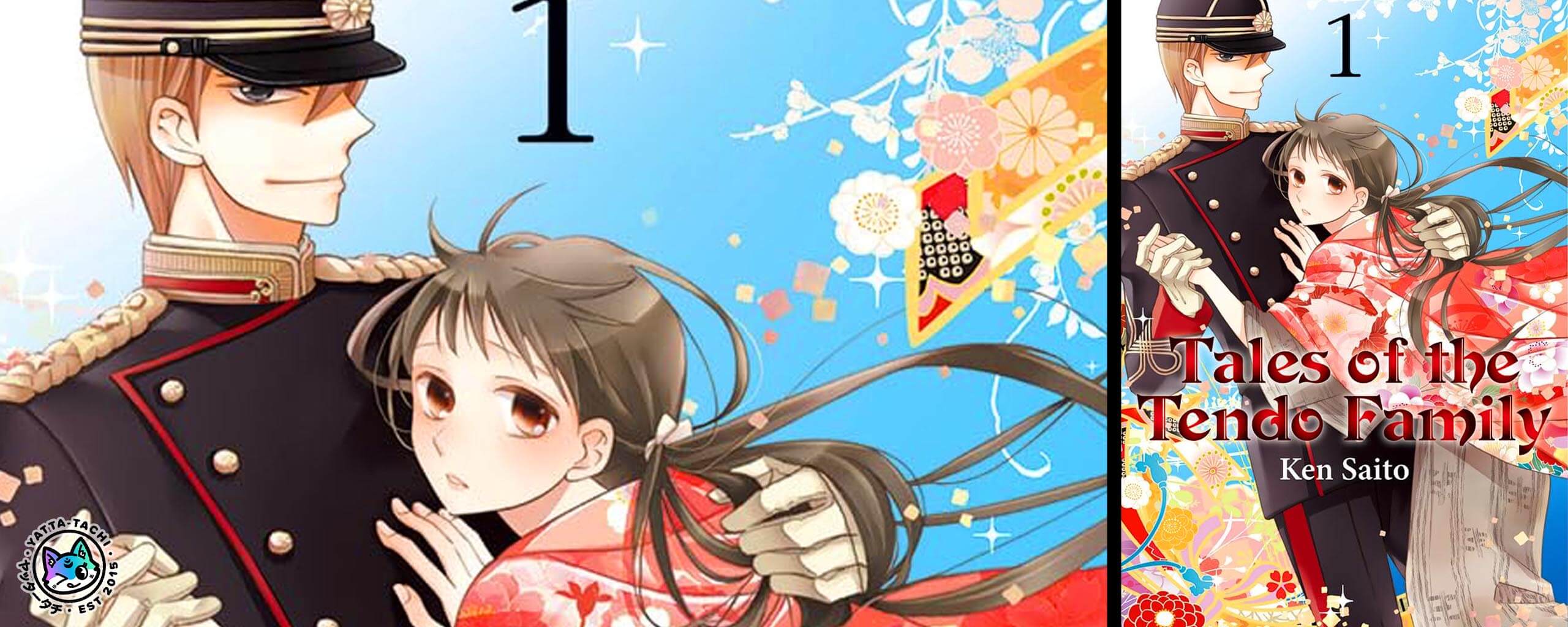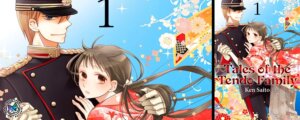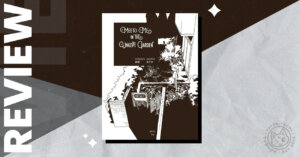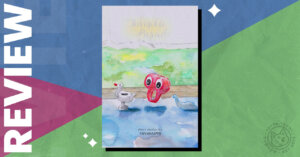Hojo Ran, the daughter of a Meiji-era baron, dives into a river to escape her upcoming arranged marriage to Masato Tendo, the son of a powerful but dangerously toxic family. She nearly drowns, but a nameless teen girl who lives alone in the mountains rescues her. This girl, inspired by the mysterious hermit who raised her, dreams of dying to save another person’s life. Seeing an opportunity to do just that, she tells the real Ran to flee, and assumes her identity. Masato sees through the ruse almost immediately, but refuses to kill her like she hopes. Instead, he forces her to keep up the ruse so he can manipulate his family more easily.
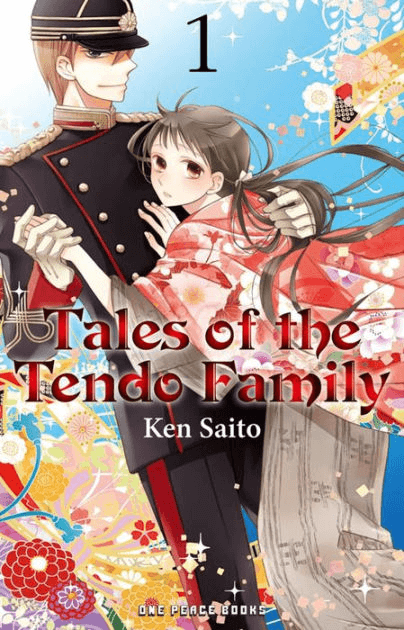
The Classic
It’s been almost a decade since Ken Saito’s Tales of the Tendo Family was first published in Japanese. Now it’s arrived in English via One Peace Books, my immediate thought is that its age shows a bit. It appears, at least at first, to follow a very familiar path: a young girl gets pulled from her humble countryside lifestyle to be married off to a haughty boy who may not be quite as bad as he seems. These basic story beats are time-tested, perhaps even a bit regressive, since Ran spends most of the initial scene-setting being menaced by her ostensible love interest.
It is often possible to judge when a manga debuted based entirely on its art style. But Tendo Family likely already looked dated when it was first published. It more closely resembles early 2000s anime and manga like Fruits Basket than anything else from 2014. To be clear, I don’t think it looks bad. With the exception of a truly bizarre-looking dog late in the volume, the art is mostly very good. But it does look like it’s from another time, which could deter some would-be readers.
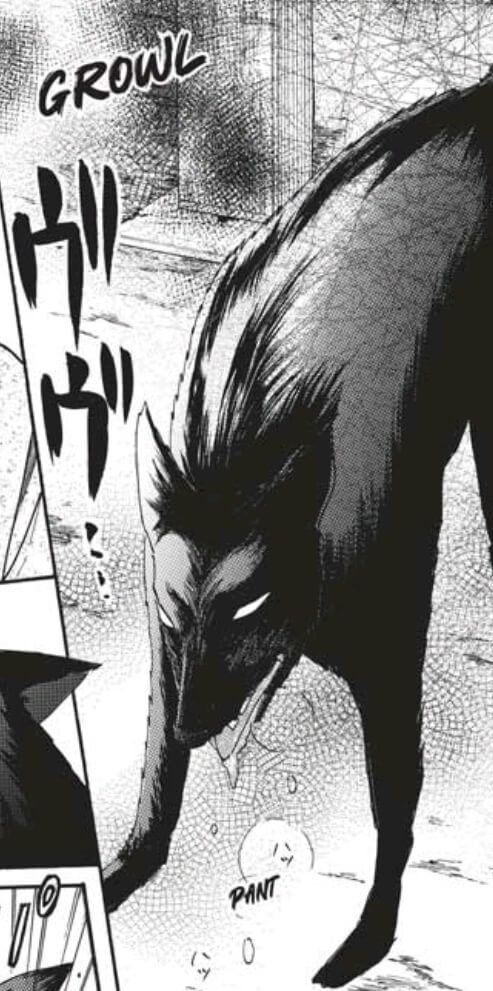
If you were to read the first half of chapter one and put it down, assuming you know what its deal is, I wouldn’t blame you. But believe me, it gets more interesting. Maybe not better exactly, but definitely more interesting.
The Unexpected
Going back to that weird looking dog, Ran kills it by shoving a makeshift knife into its mouth and slitting its throat from the inside out. If that sentence seems like it came out of nowhere, I promise the killing on the page felt even more abrupt.
As it turns out, Tales of the Tendo Family is not quite the “suddenly a princess” fantasy I thought it would be. It’s more like an inverse Prince and the Pauper. Our Ran and the real royal Ran swap places, like in the Twain classic. But the life of a noble is a rough one full of abusers and sadists, rather than a luxurious, privileged one. The peaceful woodland home our Ran leaves behind seems much better.
Having set these classic literature-ish expectations, Tendo Family goes on to not simply defy them but sidestep them completely. The fake Ran is a real wildcard. She knows martial arts, can make medicines, is highly observant, and can improvise Houdini-like escapes. Also, her butt gets itchy right before something bad happens. When asked how she learned her skills, she says her grandfather (the old man who raised her) taught her.
She can do any random thing the plot requires, but her motivations are difficult to relate to. Because she has no regard for her own life, she makes reckless, foolish choices. Realistically, I can’t imagine someone as smart and capable as she is doing a lot of what she does. But realism is clearly not the point of this story. I had a ton of fun watching her because of, not in spite of, the chaotic storytelling.
Masato also plays against type. He’s actually even worse than he first appears! There’s no heart of gold hiding under his cold facade, waiting for the right girl to bring it to the surface. He’s a schemer for whom intimidation and cruelty is the first resort. His equally nasty family offers many potential plot threads for future volumes.
The End Product
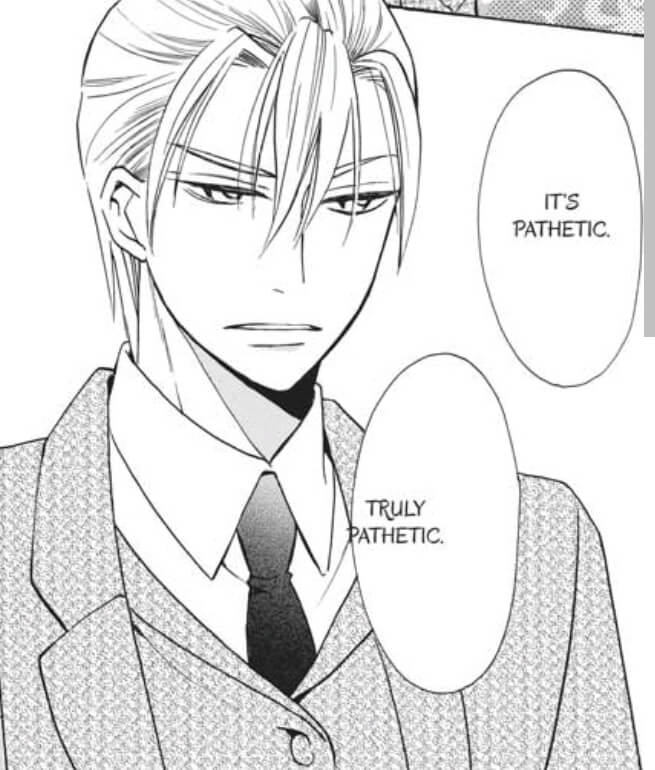
On the production value side of things, the digital review copy I received is competent. One or two sentences are placed strangely within their speech bubbles, but otherwise it’s fine. Sound effects are subtitled, and the letterer does a nice job throughout of matching their subtitle font to the feel of the hand-drawn sound effects. The letterer also chose a fancier font for when a noble is speaking versus a simple one for when a commoner is speaking. It’s an inspired choice that occasionally makes pages look really busy. Matt Schley’s translation reads smoothly, with no sentences standing out as particularly stilted, or too modern for the historical setting.
The Verdict
Tales of the Tendo Family may not be a conventionally well-written story, but it is strangely entertaining. And none of the wackiness will prevent the story from delivering on the classic ideas it opens with in later volumes, if the author has any desire to do so. I’m not sure I can recommend this first volume to fans of standard romance stories, but I would recommend it wholeheartedly to anyone looking for a wild ride.
If you liked Tales of the Tendo Family, then you may like…
- My Happy Marriage
- Dawn of the Arcana
- Prince Freya
You can purchase volume 1 of Tales of the Tendo Family on Amazon, Bookshop, and Barnes and Noble.
Credits
Author and Artist: Ken Saito
Translation: Matt Schley
A special thank you to One Peace Books for allowing us the opportunity to review this title. Receiving a review copy has in no way altered the opinions expressed in this article.
The Good
- Wild, fast moving story that never goes where you expect
- Outrageous, entertainingly strange characters
The Bad
- Occasionally clunky art and production
- Is ten years old but looks ten years older than that

Featured Sponsor - JAST
The sweetest romance and the darkest corruption, the biggest titles and the indie darlings; for visual novels and eroge, there's nowhere better.
Big thank you to our supporters
From their continous support, we are able to pay our team for their time and hard work on the site.
We have a Thank-You page dedicated to those who help us continue the work that we’ve been doing.
See our thank you page